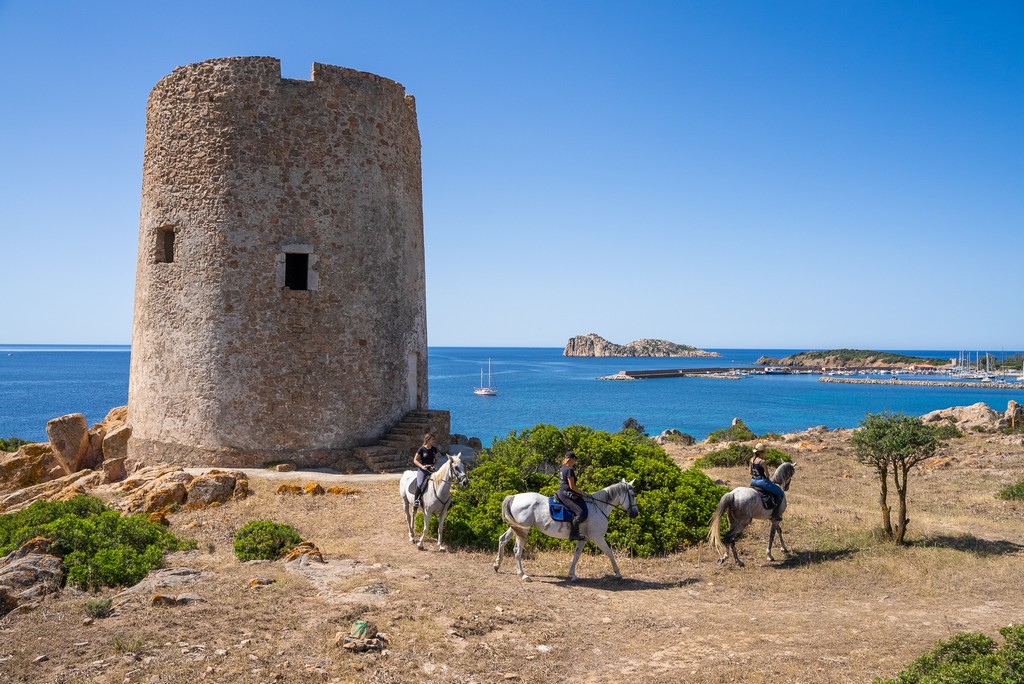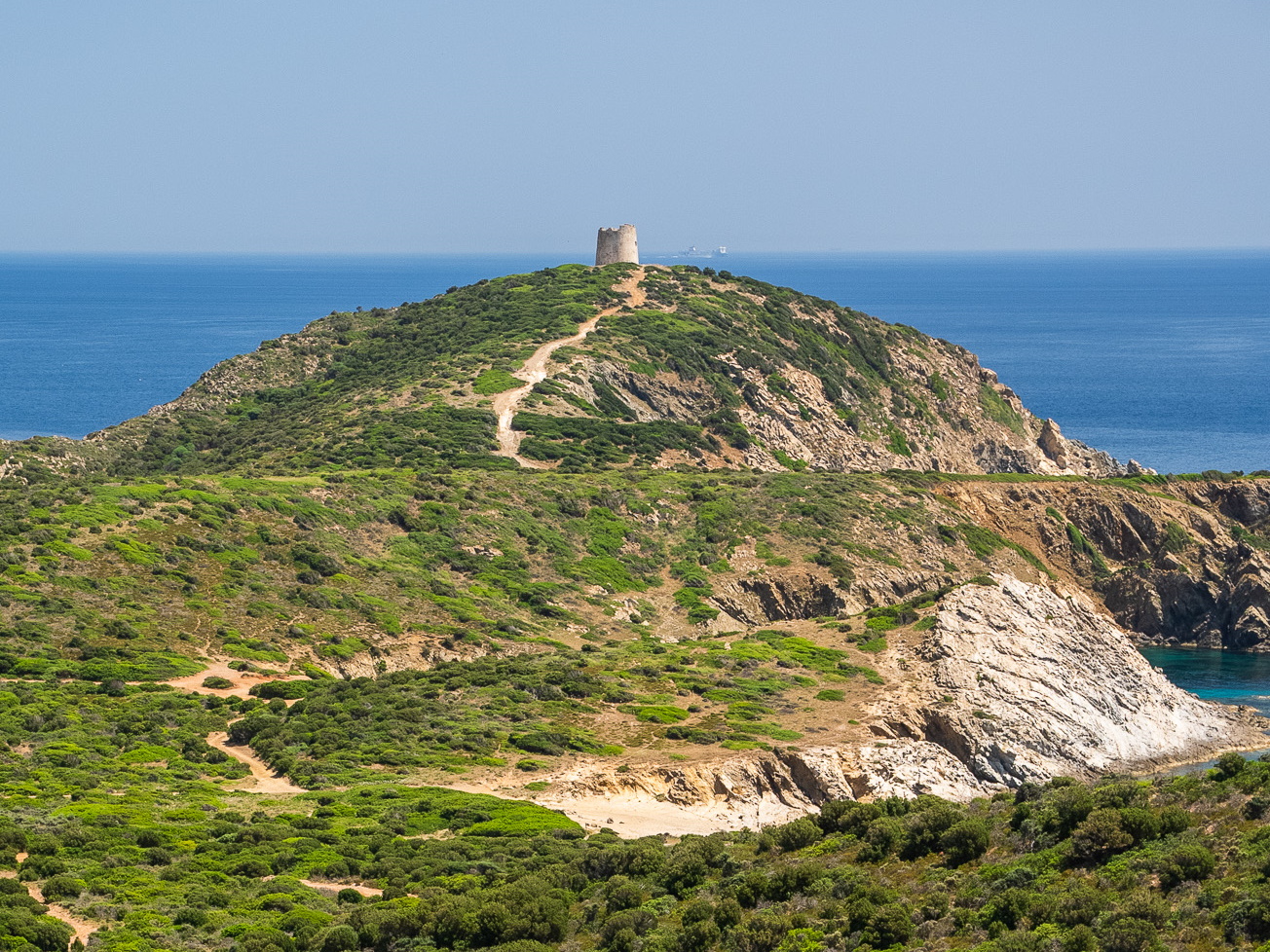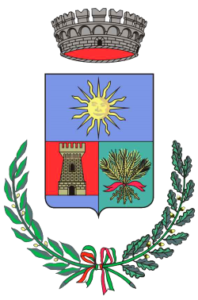cultural sites
The Baronial House, located in the town centre just opposite the Beata Vergine del Carmelo Church, is a very symbolic place in the town and it documents the time when Teulada belonged to Baronia.
Over the Centuries many were the families who have governed the Barony of Teulada. However, the building often also called Casa Sanjust is mostly associated with the last feudal lords of the town, the Sanjust family. In detail, the ones who acquired the title of Barons of Teulada after inheriting the estate in 1736, and maintained a prominent role right until the end of the 1800s. The coat of arms nowadays visible on the main facade is not the Sanjust family’s but the one of the Catalans’, who were the first owners and potentially the builders too.
The Baronial residence has undergone various transformations over the centuries due to the many changes implemented by the various succeeding families and the partitions subsequently carried out by their heirs. The portions of the house are still called by the names of the different owners: the easternmost portion is known as “Casa Spiga” while the western one is known as “Casa Calamida”.
The building has two floors with two characteristic straight elevations; the front one overlooks Piazza Parrocchia and the rear one overlooks the large gardens. The square and the gardens are connected by an arched passage which divides the building into two partitions.
Along the facade, there are large windows on both levels. The entrance features an important portal, framed and surmounted by a small balcony.
At present, the Baronial House is home to exhibitions, meetings and cultural events and the ground floor permanently houses the Public Library and the Town Historical Archive. The vast rear garden is often used as a location for events and shows.
The small country church is located in the plain of Tuerra, exactly where the town was in the Middle Ages. Built between 1300-1400, represents the last evidence of the ancient village formerly known as “Teulat”.
Its structure is incredibly simple, both on the inside and outside. It has only one single central nave and a smooth and homogeneous façade. The entrance is preceded by a loggia which extends right up to the tower.
We have no precise information on the quadrangular tower. It is believed to may be of Byzantine origin (VI-VIII century), therefore much older than the church itself. However, according to other theories, it might have been built in the 1600s. Its defensive function is the only certainty we have right now.
During the two most important village fairs it is a pleasure seeing the small church bustling again. People in Teulada are very devoted to the Holy Farmer Saint Isidoro to whom they dedicate the two festivals; one in May for a plentiful harvest and one in August as gratitude for the good outcome of it.
The coastal towers overlooking the Gulf of Teulada were built between the 16th and 17th centuries to defend the territory from barbaric incursions.
Almost all of the towers are in a high and strategic position to allow a wide view and great control of the coast. Nowadays, it allows modern visitors to have privileged spots where to enjoy spectacular and breathtaking panoramas.
We now have four towers left in the territory of Teulada and they are all visibly connected to one another. From West to East:
- Monte Turri (or Porto Scudo) Tower
- Budello Tower
- Pixinnì Tower
- Capo Malfatano Tower
Budello Tower takes its name from the same cove. It was built in the early 1600s by the merchant Pietro Porta to control and protect the entrance of Teulada’s fishpond and all commercial traffics. From its strategic position, the view embraces the bay, from Capo Teulada to Capo Malfatano. Its massive structure is 12 metres high and placed on a base of 33 metres.
Funtana Crobeta (literally “Covered Fountain”) is the name given to an ancient well located in one of the characteristic alleys behind Church Carmine. The term “covered” refers to the unique barrel vault which covers the fountain.
Beyond its fundamental importance for the water supply in the town, the “fountain” has become over time one of the symbols of Teulada as it represents the oldest written testimonial of the presence of the village in this area and, therefore, the origins of the current settlement. Prior to restoration, there was in fact an inscription on the front which indicated the date of construction of the well as 162… with unfortunately the last digit illegible. The intermediate date 1634 was chosen following the restoration.









